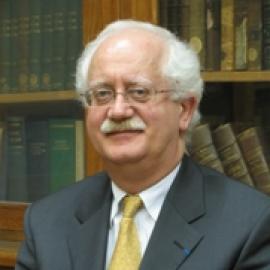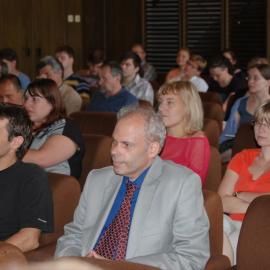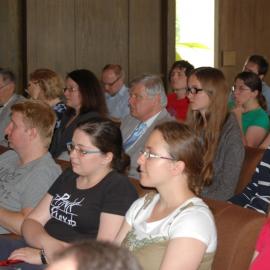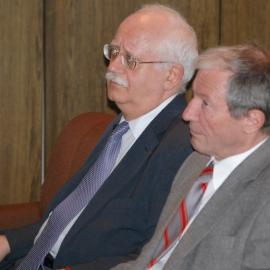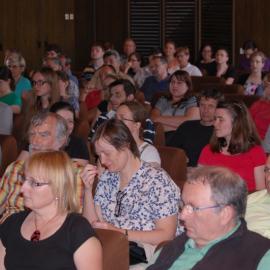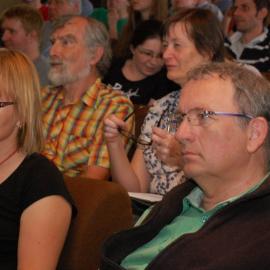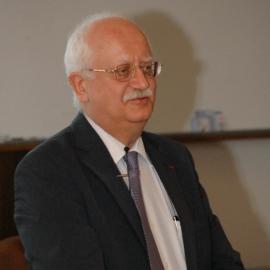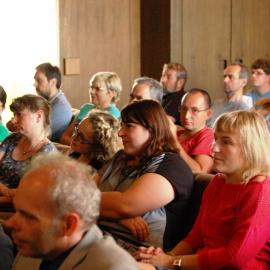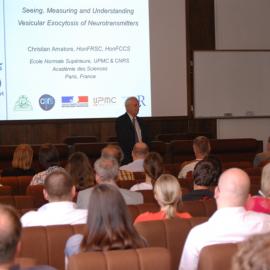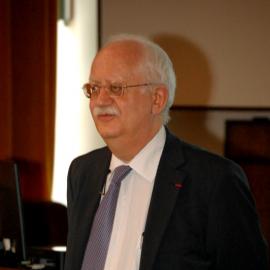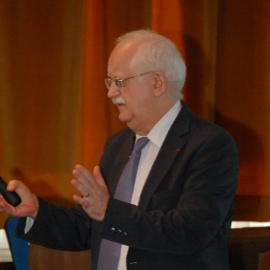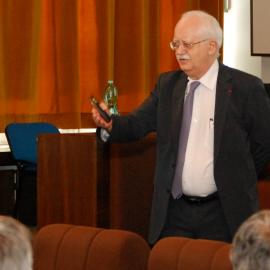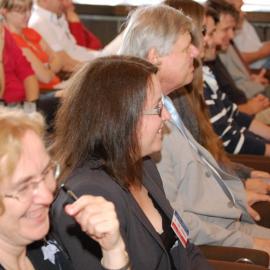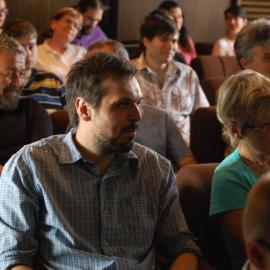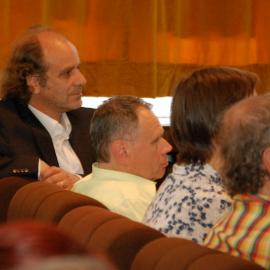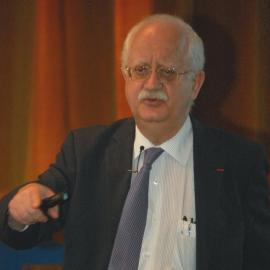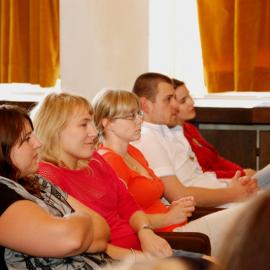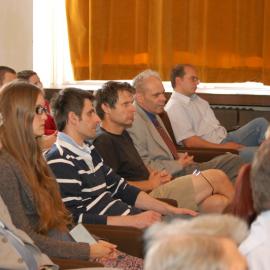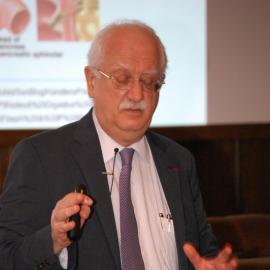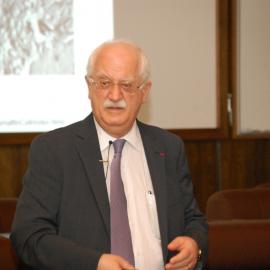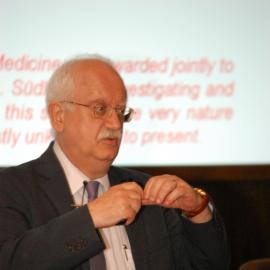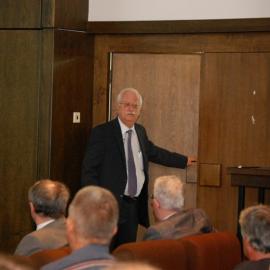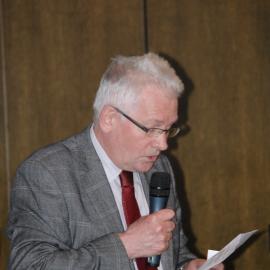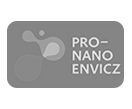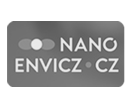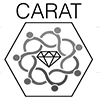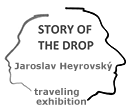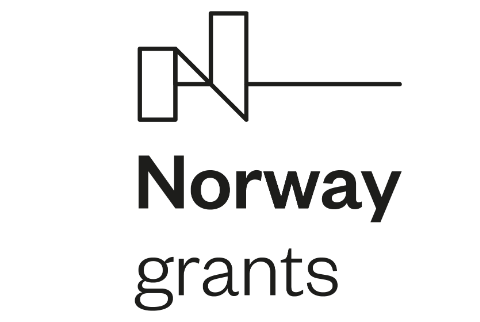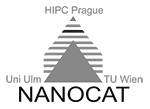Christian AMATORE (CNRS France)
The 24th Annual Rudolf Brdička Lecture was held on June 19, 2014 at 14:00 in Rudolf Brdička lecture hall.
Seeing, Monitoring, Measuring and Understanding Vesicular Exocytosis of Neurotransmitters with Ultramicroelectrodes
Christian AMATORE
CNRS-ENS-UPMC UMR 8640 PASTEUR, Département de Chimie,
Ecole Normale Supérieure, 24 rue Lhomond, 75005 Paris, France
e-mail : christian.amatore ens.fr
ens.fr
Vesicular exocytosis is a biologically regulated nanoscale process. The 2013 Nobel Prize in Physiology or Medicine was awarded jointly to J.E. Rothman, R.W. Schekman and T.C. Südhof for investigating and identifying its main stages but the final one, through which chemical messengers (neurotransmitters, hormones, peptides, growth factors, etc.) are ultimately delivered, still resists a thorough understanding after 30 years of intensive works in many excellent research laboratories.
This last stage involves a connection between a nanometric carrier vesicle transported within a cell with the cell membrane where it has been shuttled. This occurs by creation of an initial fusion nanopore (1.2±0.35 nm radius) across the two membranes through which biologically active molecules contained inside the vesicle start to be released into the extracellular environment (synaptic cleft, circulating fluids). Eventually, this initial pore may expand but the amount to which such expansion may occur or its nature and energetics are still strongly debated.
Despite the minute released amounts (attomoles), single exocytotic events can be studied by means of the ‘artificial synapse’ amperometric method [1], in which a cell is interrogated by a carbon fiber microelectrode collecting and oxidizing released molecules so that the finely-structured electrochemical current tracks quantitatively the exocytotic flux. In the ENS group we investigate essentially chromaffin cells which release adrenaline into the blood stream. Our purpose in this work was to derive topological, energetic and dynamic information about these vesicular exocytotic phenomena.
Such information is obtained by deconvoluting the experimental current by means of simulations involving self-adjustment of time-dependent radius of the fusion nanopore [2-3]. It should be noted, however, that due to the biological variability of the vesicles, the main parameters characterizing a spike (i.e., initial concentration of the neurotransmitter, its diffusion coefficient, vesicle radius, etc.) are not known a priori. Nevertheless, reconstruction is possible when at least one of the characteristic dimensions is known as an independent entry. To this “scaling” end, we resorted to initial fusion nanopore radius values, which are well established by patch-clamp measurements [4]. This allowed internal topological calibration of the reconstruction procedure. This resulted in the determination of the average neurotransmitter diffusion rate (D/Rves2) within the vesicle, which in turn allowed reconstructing the fusion nanopore dynamics from any given spike.
Owing to the large number of spikes in amperometric experiments (several hundred spikes treated) this afforded statistically significant analysis of size distributions of initial fusion pore [4] as well as that in its final stage (full fusion) showing that at the end of the “full” fusion stage the vesicle unmasks only ca 1% of its surface area in contradiction with previous erroneous claims based of TIRF microscopy. In turn this provided for the first time experimental access to the potential energy well governing the thermodynamics of such nanosystems suggesting their pure lipidic nature.
Acknowledgements
This work has been supported in part by the CNRS (UMR 8640), Ecole Normale Superieure (ENS, Paris), University Pierre and Marie Curie (UPMC), and the French Ministry of Research. The author thanks Dr. A. Oleinick and Prof. I. Svir for their high involvement in the theory presented, and Drs F. Lemaitre and M. Guille Collignon for the experimental material.
References
1. C. Amatore, S. Arbault, M. Guille, F. Lemaître, Chem. Rev. 108, 2585-2621 (2008).
2. C. Amatore, A. I. Oleinick, I. Svir, ChemPhysChem 11, 149-158 (2010).
3. C. Amatore, A. I. Oleinick, I. Svir, ChemPhysChem 11, 159-174 (2010).
4. A. Oleinick, F. Lemaître, M. Guille Collignon, I. Svir, C. Amatore, Faraday Discuss., 164, 33–55 (2013).
Source: K. Stejskalová, archive JHI
-----------------------------
The Institute has organized since 1991 the following annual R. Brdicka Memorial Lectures to commemorate the founder and first director of one of the constituent parts of the present Institute.
Some photos from lecture



